Car Design as Art, Figoni & Falaschi
Posted on Dec 7, 2015 in Antique | Comments Off on Car Design as Art, Figoni & Falaschi
I have always considered the “Golden Age” of car design to be the period of the 1920’s and 30’s. Sure, the 1950’s were great, with the introduction of the fin, huge chrome grilles and the beginning of the rocket age look, but true custom car design was at its peak during the time of the great coachbuilders, and the most flamboyant of the lot were the French.

This was a time when you purchased a rolling chassis from an automaker like Duesenberg or Hispano Suiza, and then sent it off to a designer to create the bodywork. Designers would build cars specifically for you, like having a haute couture dress made. The result, were some of the most fantastic shapes to ever be placed on an automobile, and my favorite of the group was Figoni & Falaschi.
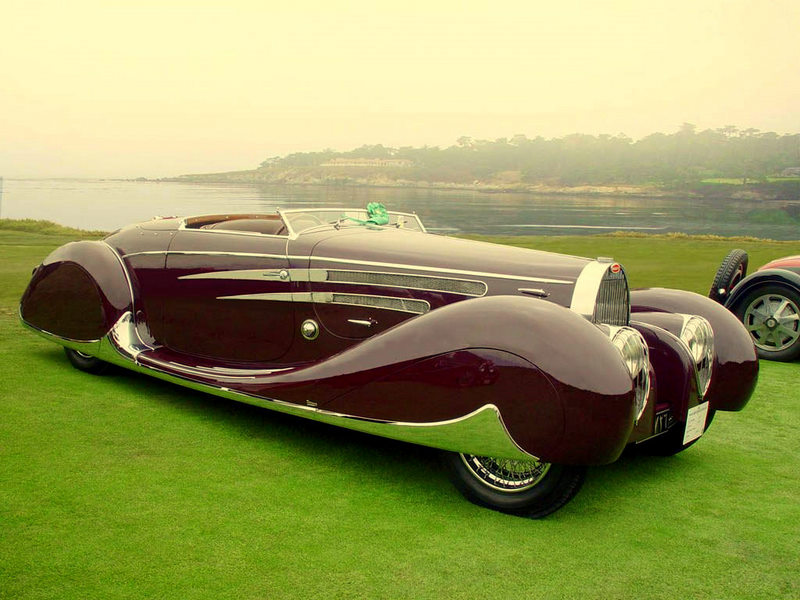
After World War I, Giuseppe Figoni started a small body repair shop in Boulogne-sur-Siene, France. His work included modifying the coachwork of touring cars, and his business prospered. By 1925, he was building complete bodies on rolling chassis purchased from automakers including Delahaye, Bugatti, Delage, and Panhard. By 1935, he acquired a partner, Ovidio Falaschi, and created the Figoni & Falaschi name. Fascinated by the emerging aircraft industry, he was influenced by the shapes of airplanes, and the wind. Figoni’s designs gave the impression of movement, even when the cars were standing still, and had an aerodynamic quality that would not be prevalent until the 1950’s. Figoni was fascinated with teardrop shapes, and his Delahaye 135, with its elliptical shapes and enclosed teardrop pontoon fenders created a sensation at the Paris Auto Show of 1936.
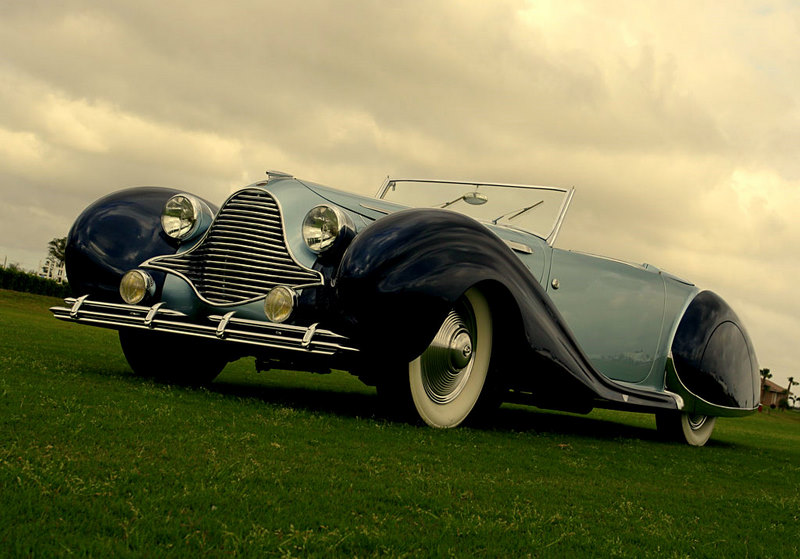
Figoni had a command of color and design that was worthy of an artist, and favored two and three tone paint designs that would accentuate the shapes. He loved to work with designers of high fashion, creating gowns, hats, gloves, and shoes that perfectly matched the design and colors of his cars. He was also involved in designing racing bodies, creating aerodynamic bodies for cars like the Alfa Romeo 8C 2300, a car that won the 1932 Le Mans, as well as other cars.
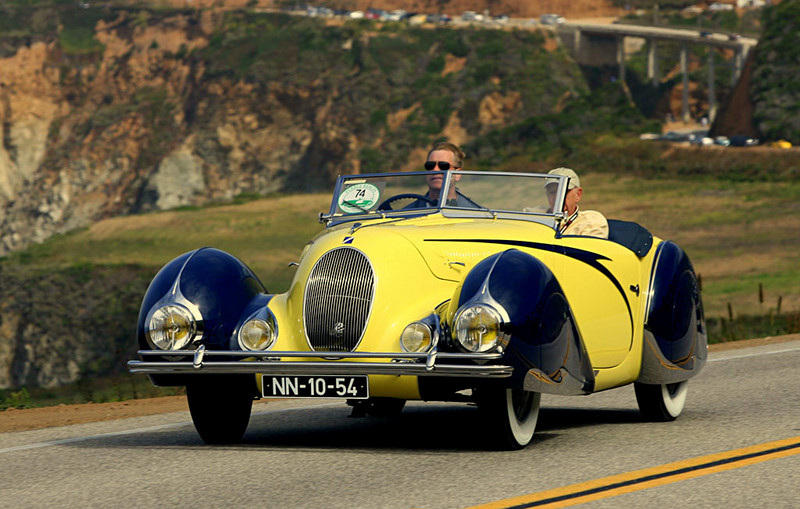
The creations of Figoni & Falaschi were flowing masterpieces, cars that the buyer wore like fine ball gowns, and a style whose closest relative today would be the Morgan Aeromax. Their cars were an expression of freedom and movement, with enclosed wheels, and lines that made the cars float across the ground.
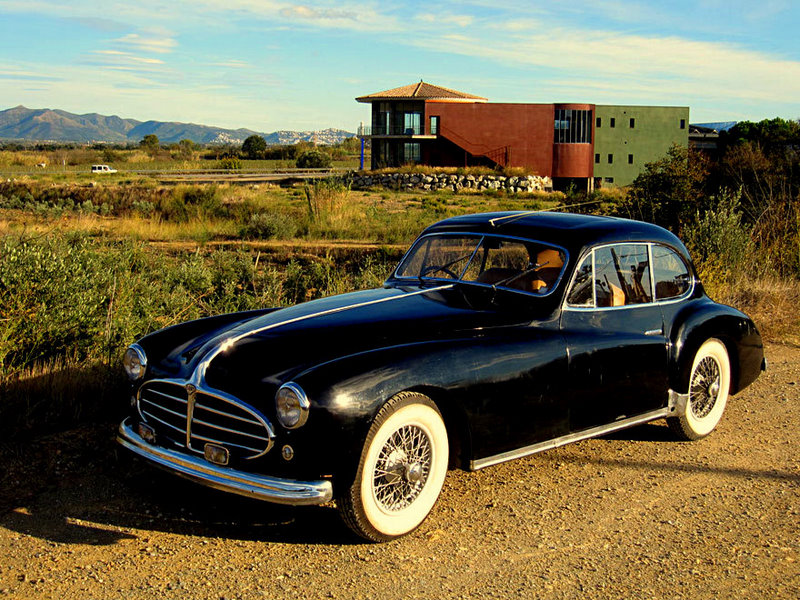
Figoni was an automotive sculptor who created patented designs for disappearing soft tops and even a disappearing sunroof. The hallmark of the brand is the Talbot-Lago T150 C, a car whose teardrop shape, flush door handles, and sloping fastback became the symbol of French coachbuilders. These cars were from a time when car design was true art.
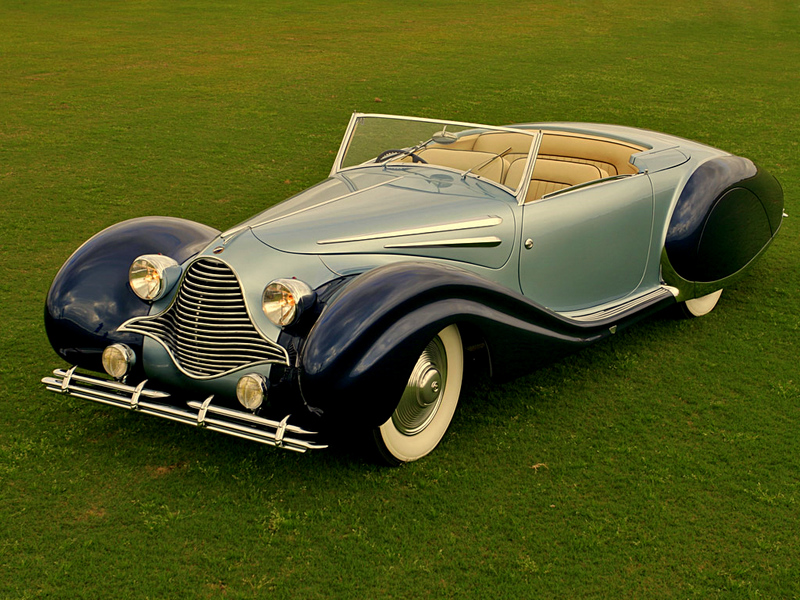






.gif)

